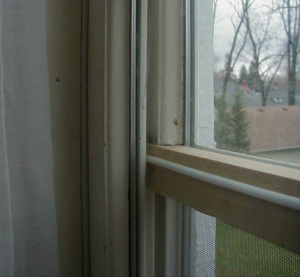Scope
As summarized within the Success tab, before beginning this work, inspect the interior and exterior of the building, including each window, to identify impacts and potential risks with completing the work. Diagnose water and air infiltration pathways, and choose strategies most appropriate to address each leak.
Modify the existing sash to accept new double (or triple), low-E coated, insulated glass units.
For more on window replacement, see the U.S. Department of Energy’s Standard Work Specifications.
See the Compliance tab for links to related codes and standards and voluntary federal energy-efficiency program requirements.
Description
Before beginning this work, the window should be assessed as outlined within the Success tab.
This work is most likely to be completed by a specialized window restoration contractor as it requires the disassembly of the existing window frames, routing of the frame elements to create a larger glazing pocket to accommodate the thicker insulated glass unit (IGU), and the reconstruction and re-glazing of the frames. The IGU selected should be appropriate for the climate and should include a low-E coating.
A key element to ensure success if this approach is taken is that the IGU must be installed on setting blocks, and the new glazing pocket must provide drainage to the exterior. IGU seal failure (identified by condensation or “fogging” of the space between the two layers of glass) is commonly a result of the IGU seals being in direct contact with water for extended periods of time.
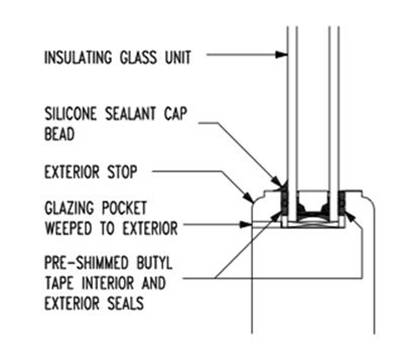
This measure must also incorporate improvements to the air tightness of the sashes, since this work will only improve the conductance through the glass and air leaks immediately around the glass, but not the surrounding window frame or casing. This is typically accomplished by the use of retrofit sash liners in commercially available products, and the addition of gaskets. Other portions of the window should be overhauled as described in the Window Rehabilitation Measure Guide.
How to Retrofit the Window Sash
Modify the existing sash to accept new double (or triple), low-E coated, insulated glass units. This is a good approach if there is a demand to maintain the original appearance from both the interior and the exterior (i.e., historical applications). However, the muntin (grille) may also require modification to maintain an historic appearance.
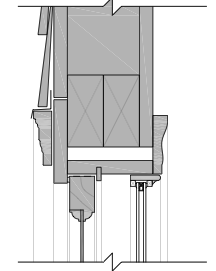
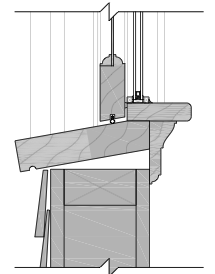
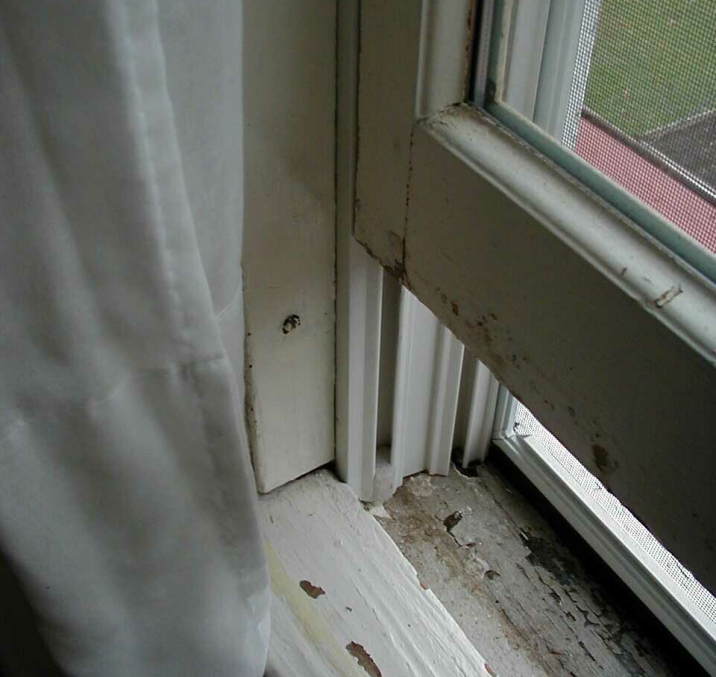
Success
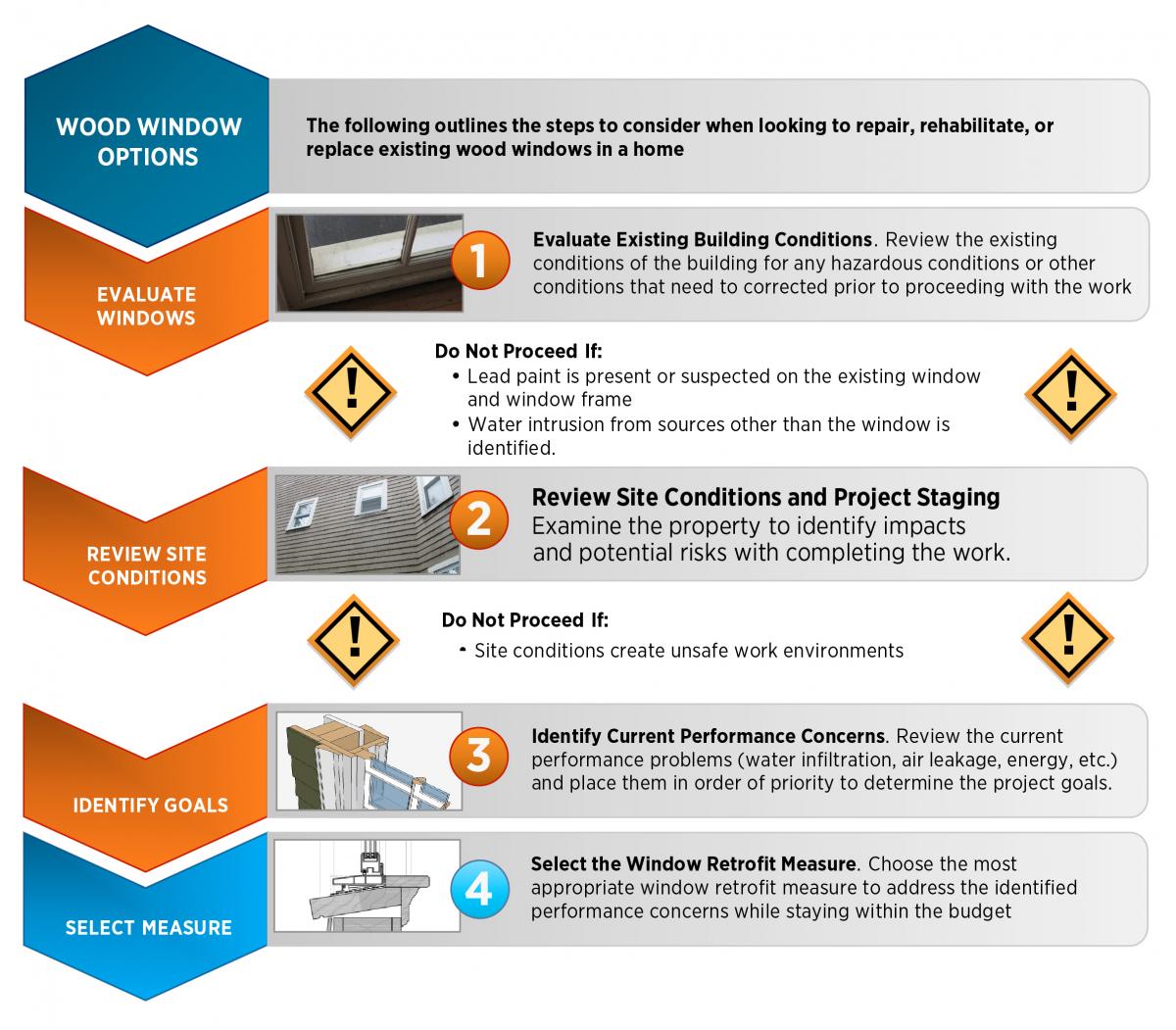
Identifying Risks
Prior to any retrofit work being conducted, it is important that the following conditions of the building systems be reviewed:
- Lead and other hazardous materials
- Site conditions and project staging
- Identification of water infiltration concerns
- Identification of deteriorated or damaged materials
- Identification of user comfort concerns
Contractor/Homeowner Safety
US EPA: Lead in Painting, Dust and Soil: Renovation, Repair Painting
OSHA: Fall Protection (if window work is to be done at height, from the exterior)
Lead and Other Hazardous Materials
Old wood windows and trim are a common location of lead paint in homes. Any work being completed on the window systems should follow all appropriate state and federal laws regarding handling of hazardous materials.
Site conditions and Project Staging
The home and site should be reviewed to identify impacts and potential risks with completing the work.
If the work is to be done for the exterior, scaffolding, lifts, ladders, or other means to access work areas may be needed. Work done at height may require fall protection be used. Proximity to adjacent property or vegetation may limit access or create unsafe work areas. Exterior staged work may also damage existing landscaping or vegetation.
If the work is intended to be completed from the interior, consideration should be given to disruption of the occupant and clearances for moving equipment and materials into and out of the space. With any interior work there is always a chance of damage to interior finishes. Appropriate planning and protection is required.
Identification of Water Infiltration Concerns
Windows, above all other enclosure systems, are a common location of water infiltration issues. It is important to understand the various pathways for potential water infiltration, and identify current water leakage problems. While the details presented in this document are all intended to improve the moisture performance of the window assemblies, it is not intended to address all possibilities, and is not a replacement for inspection and evaluation of the performance of an individual window. Existing problems should be identified, and the strategy chosen that will be most appropriate to address the concern. Window systems water leaks can be grouped into four general categories (Figure 1 below):
- Between the window frame and rough opening
- Through the joints in the window frame
- Between the window frame and the operable sashes
- Through the joints between the glass and the sash frames

Prior to any work being done, interior and exterior inspection and monitoring of the conditions of the building should be completed. Water staining, peeling paint or wall paper, and staining on trim or floor assemblies below window systems are indications of water infiltration and/or condensation. Leakage between the sashes and the frame and between the glass and the sash is usually marked by water staining on the interior window frame itself. Condensation on the window frames can also lead to staining of the interior finishes. It is important to monitor the questionable area to prevent a false diagnosis of the water management problem being experienced.
Leakage between the window and rough opening or through the joints in the window itself are typically contained within the wall assembly and may go unnoticed, or could manifest as staining and peeling paint below the window or damaged flooring.
Other problems such as water infiltration at the window head may be indications of failed or missing head flashing. However, other problems not associated with the window system may in fact be the cause of the water infiltration. Care must be taken to properly diagnose the infiltration pathway.
If it is a known recurring problem, then the infiltration problem must be addressed prior to or in conjunction with the window retrofit work.
If no obvious signs of water infiltration problems exist and the window elements and connection wall components are in good condition, no additional work may be needed. However, as stated above, water infiltration problems are often concealed within wall cavities with no outward signs. This becomes more of a concern if the window retrofit work is being done in conjunction with the addition of cavity fill insulation. With the addition of insulation to the wall cavities, water infiltration problems that previously may have had sufficient drying ability, may now lead to prolonged moisture accumulation. Prolonged moisture accumulation can lead to material deterioration. If there is suspected leakage, then further investigation, including but not limited to thermal scans, moisture content measurements, and cutting of investigation holes below window assemblies to look for signs of moisture problems would be recommended.
Unless the problem is obvious, it may be prudent to contact someone with experience with diagnosing water infiltration problems prior to proceeding.
Identification of Deteriorated or Damaged Materials
If damage to existing elements is noted, the materials should be removed and replaced as part of the retrofit. Certain elements will be more critical to the proper implementation of the chosen strategy.
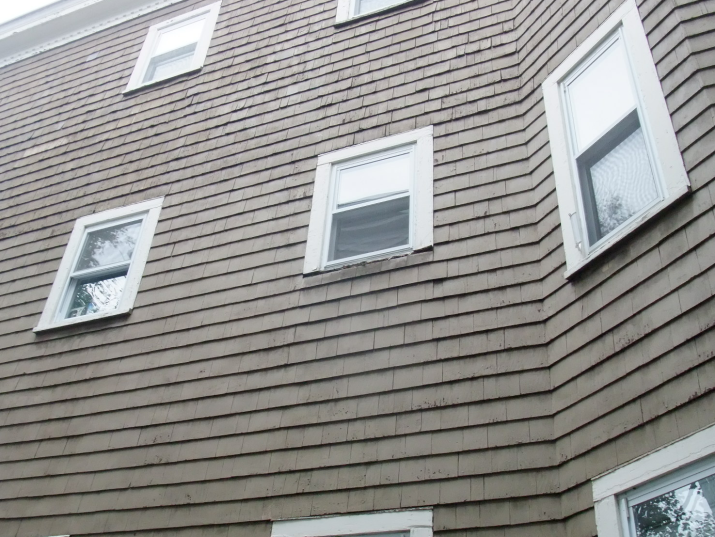
The window sill is arguably the most important element of the window assembly, as water will drain downward by gravity either into the wall (e.g., hole through sill) or directly onto the wall (failure of the sill extension). For all proposed measures in this document excluding complete window replacement, the condition of the sill is critical to the performance of the measure. Cracked or rotting sills need to be replaced prior to any work being done.
The window frame including the exterior casings is the next most critical element. If the casing is deteriorating, its replacement may be warranted. This should not be confused with the exterior trim, which is often installed as a decorative element on top of the casing.
Deteriorating trim may not affect the water management performance of the window however; it may be an indication of other problems and generally creates an aesthetic problem.

Depending on the measure being examined, the condition of the window sashes may or may not be a concern to the performance of the measure taken. For window rehabilitation, sash retrofit, or interior storm retrofit, the condition of the sashes is critical to the performance of the window. For exterior storms, the sashes are more protected from the elements, and the condition is less important from a water management perspective, yet still critical from an energy and condensation resistance perspective. For sash replacement, window insert, or full window replacement, the condition of the sash is irrelevant, as they will be removed. For this reason, windows with severely deteriorated sashes may be better candidates for the latter retrofit measures.
Identification of User Comfort Concerns
As part of the initial review, associated comfort concerns relating to the window systems should be evaluated. Window air leakage is a significant source of occupant comfort problems. Unlike other common enclosure leakage pathways, window air leakage is commonly very direct, resulting in distinct drafts.
Radiation effects from cool glass surfaces are another common comfort problem. This is more difficult to identify, as the tendency is to assume that the discomfort felt when near a window is from air leakage or drafts. This results in some misdiagnosis of the dominant function. A general recommendation is to increase the interior surface temperature of the window system to reduce the radiant heat transfer from the occupant to the window. This is commonly done by adding additional panes of glass (or films) to create an insulating air (or other gas) space between the layers.
Window Sash Retrofit
Key points to consider when selecting the Window Sash Modification option are as follows:
- May maintain both the interior and exterior appearance of the building (This is an important strategy where historic preservation is required). However, the muntin (grille) may also require modification.
- This work may be done in conjunction with other measure strategies including interior and exterior retrofit approaches (such as the addition of interior and exterior storms).
- The insulated glass unit selected should be appropriate for the climate and should include a low-E coating. Current window ratings apply to frames and insulated glass units in combination. Select insulated glass units similar to those used in the best windows for the climate.
- This work will improve the energy performance of the assembly due to air infiltration as well as thermal conductance through the sashes; however, it will not improve the thermal conductance of the window frame or seal air leaks around interior or exterior casings or through the weight cavities, and sash cord pulleys and guides.
- If sash weights are left in place, other potential energy and durability considerations may not be addressed, such as air leakage and thermal conductance losses at weight pockets.
- This work will reduce the potential for interior condensation problems on the window system.
Glazing spacers maintain the distance between the panes and provide the edge seal. Traditional aluminum edge spacers are the weak thermal link in most double-glazing units. Glazing spacers with a thermal break are called warm-edge spacers, but these cost a little more than basic aluminum spacers.
Climate
Use ENERGY STAR's Windows, Doors and Skylights Climate Zone Finder for detailed climate information in your area.
The Efficient Windows Collaborative provides a window selection tool and step-by-step guides to selecting windows for each state.
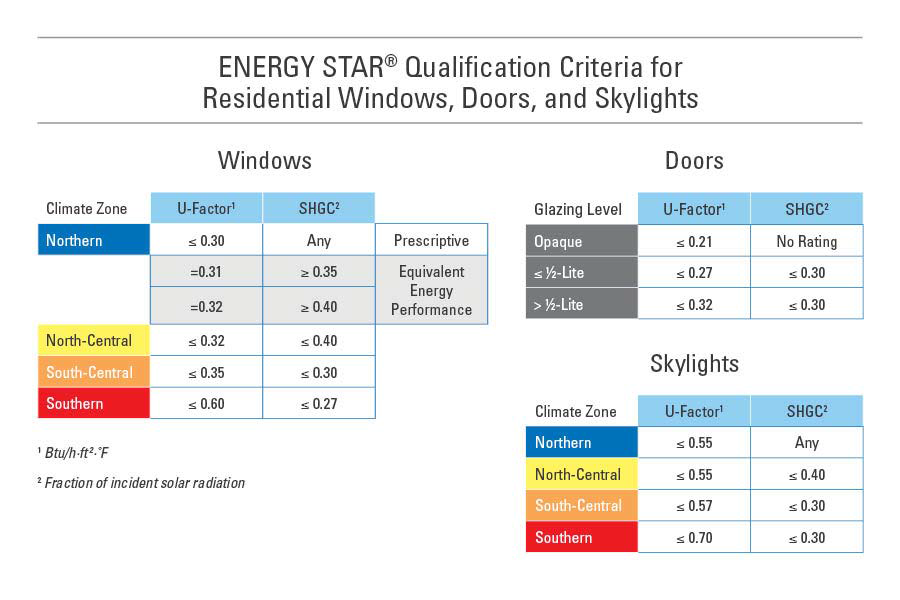

Training
Compliance
More
More Info.
Access to some references may require purchase from the publisher. While we continually update our database, links may have changed since posting. Please contact our webmaster if you find broken links.
The following authors and organizations contributed to the content in this Guide.
Building Science Corporation, lead for the Building Science Consortium (BSC), a DOE Building America Research Team
